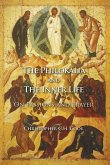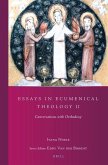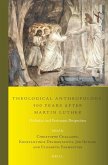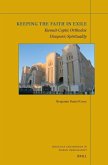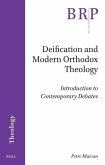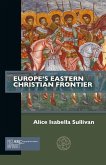The early Christian presence in Inner Mongolia forms the subject of this book. These Nestorian remains must primarily be attributed to the A-ngA1/4t, a Turkic people closely allied to the Mongols. Writing in Syriac, Uighur and Chinese scripts and languages, the Nestorian A-ngA1/4t drew upon a variety of religions and cultures to decorate their gravestones with crosses rising from lotus flowers, dragons and Taoist imagery. This heritage also portrays designs found in the Islamic world. Taking a closer look at the discovery of this material and its significance for the study of the early Church of the East under the Mongols, the author reconstructs the Nestorian culture of the A-ngA1/4t. The reader will find many newly discovered objects not published before. At the same time this study demonstrates how many remaining objects were appopriated and, in many cases, vanished after their discovery.
Hinweis: Dieser Artikel kann nur an eine deutsche Lieferadresse ausgeliefert werden.
Hinweis: Dieser Artikel kann nur an eine deutsche Lieferadresse ausgeliefert werden.



